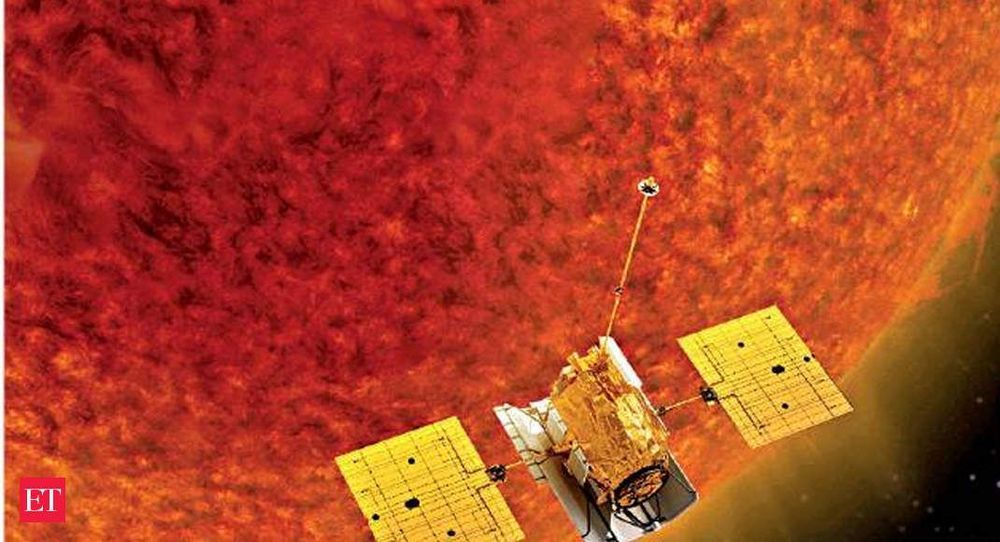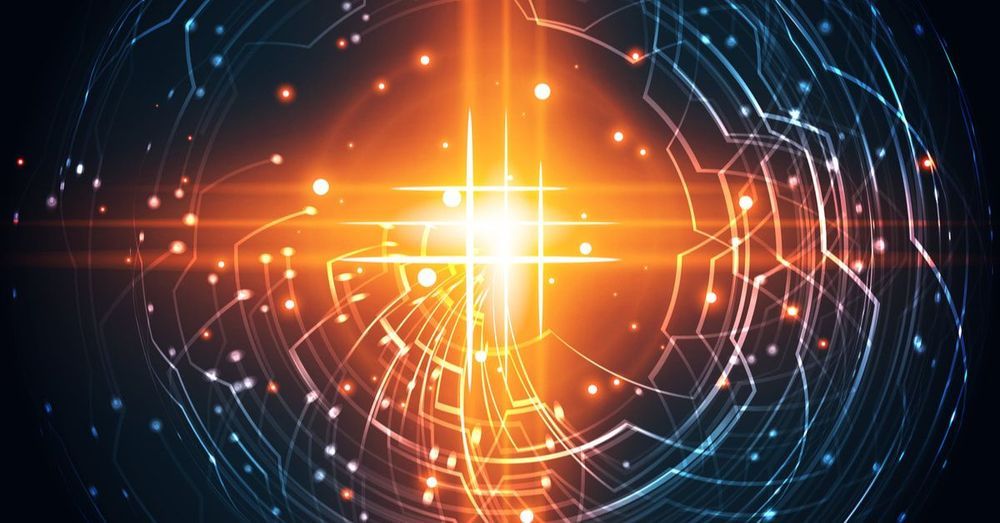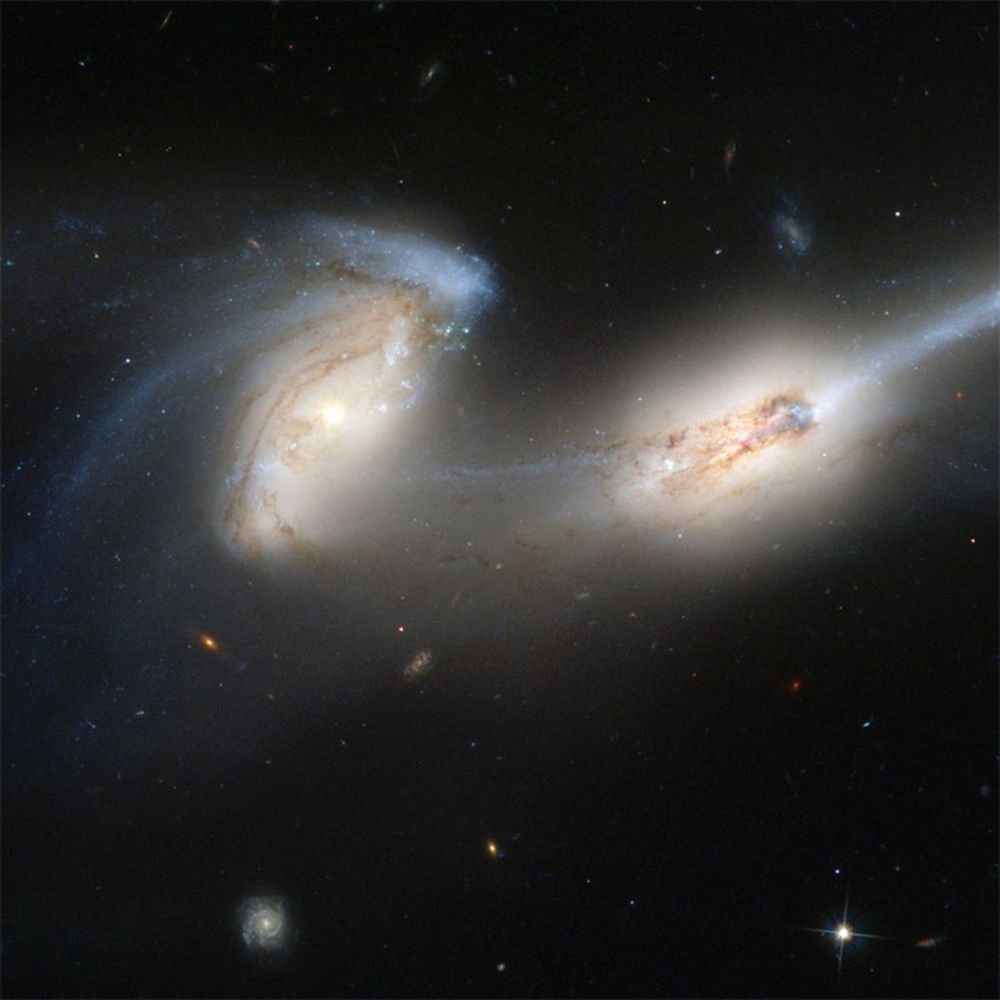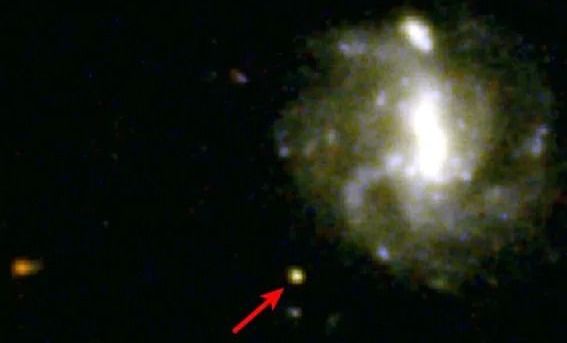Instant Bestseller on Amazon, this new book is a collection of remarkable essays on our near future with AI, cybernetics, transhumanism, the Simulation Hypothesis, the Technological Singularity, the emergence of the Global Mind, and corresponding philosophical issues. Written by Alex M. Vikoulov; Foreword by Antonin Tuynman, PhD; Publisher: Ecstadelic Media Group; Publication Date: September 1, 2019; Format: Kindle eBook; Print Book Length: 245 pages; ISBN: 9781733426107; Price: $9.99.
Ecstadelic Media Group releases a new non-fiction book The Intelligence Supernova: Essays on Cybernetic Transhumanism, The Simulation Singularity & The Syntellect Emergence. Written by Alex M. Vikoulov; Foreword by Antonin Tuynman PhD; Format: Kindle eBook (Press Release, San Francisco, CA, USA, September 3, 2019 11.00 AM PST)









